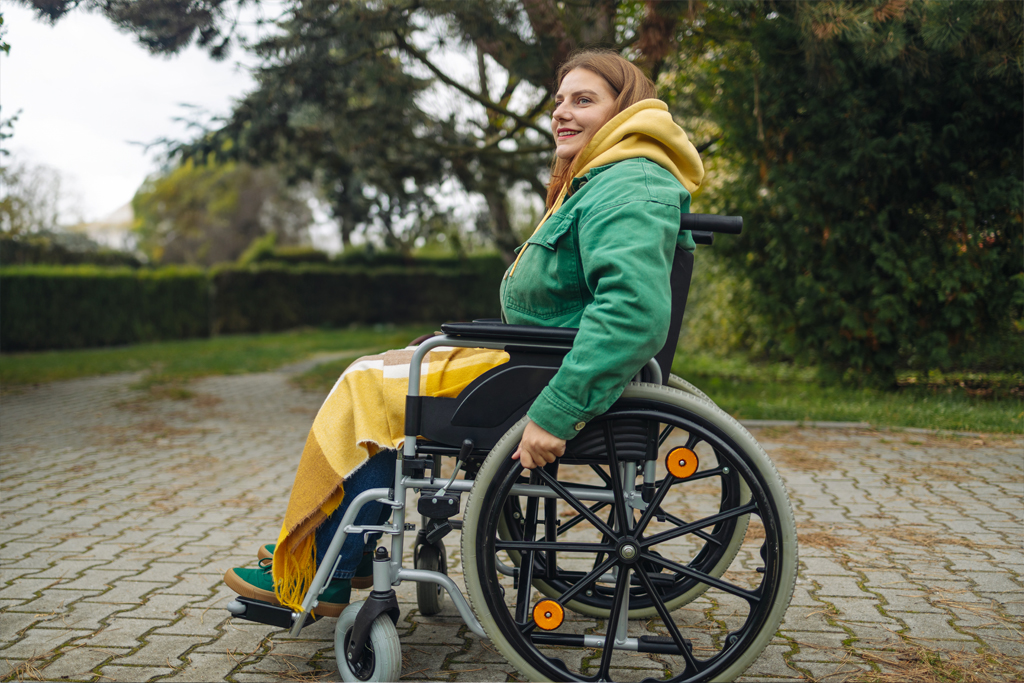If someone has a seizure in a wheelchair, you should:
- Put the brakes on to stop the chair from moving
- Let them stay in the chair during the seizure (unless they have a care plan which says to move them). Moving them could possibly lead to injuries for both you and them
- If they have a seatbelt or harness on, leave it fastened
- If they don’t have a seatbelt or harness, support them gently, so they don’t fall out of the chair
- Cushion their head and support it gently. A head rest, cushion or rolled up coat can be helpful
- Look to see if they have any medical ID such as a card or jewellery
- Time how long the seizure lasts
Other advice
It’s important that you don’t hold the person down or move them unless they are in danger. You shouldn’t try to bring them round and never give them anything to eat or drink until they are fully recovered.
Call for an ambulance if any of these things apply:
- You know it is their first seizure
- The seizure lasts for more than five minutes
- They have one seizure after another without regaining consciousness between seizures
- They are seriously injured during the seizure
After the seizure
The person’s care plan should give advice on what to do after the seizure has finished. But if you don’t have this, it is safest to leave the person in their wheelchair, and don’t try to move them.
Got any questions?
Our expert advisors can help you with any questions you might have about your seizures or anything else related to living with epilepsy.






